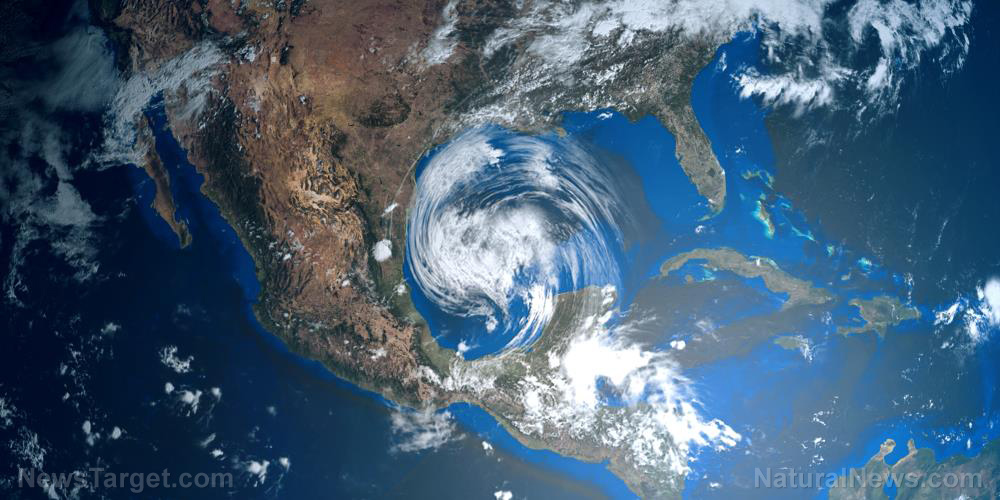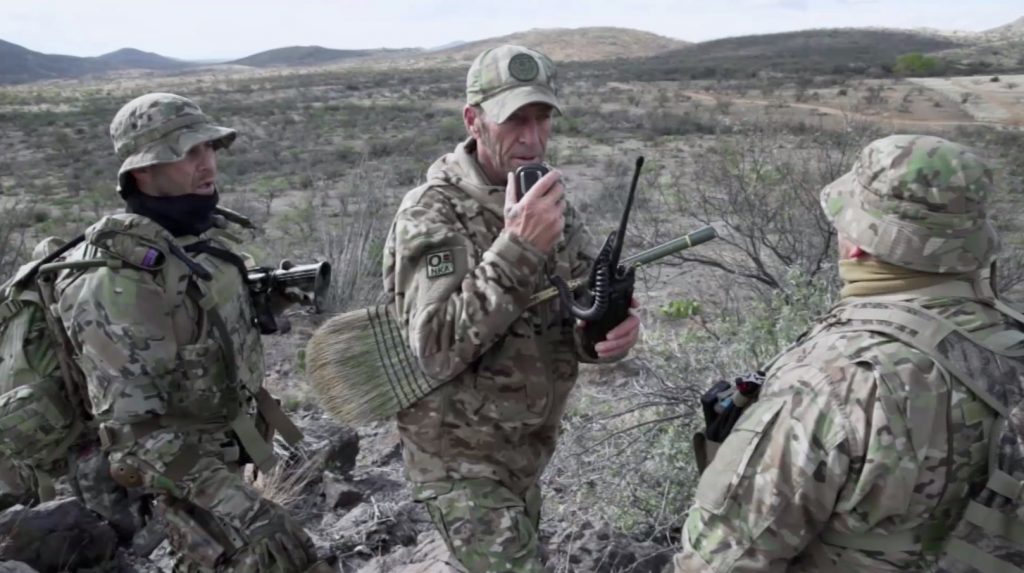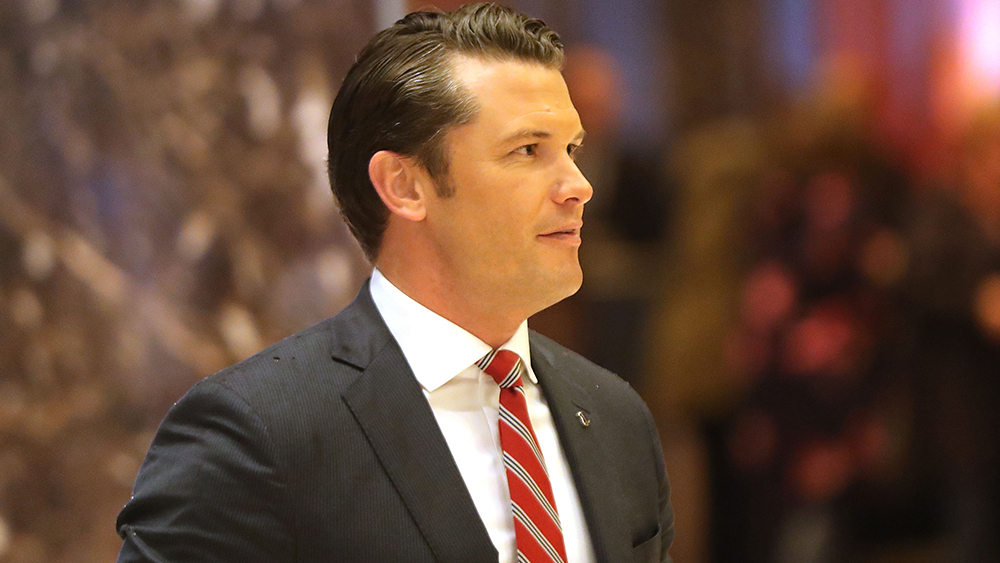AI weather model outperforms traditional forecasts, boosts accuracy by 20%
By isabelle // 2025-03-30
Tweet
Share
Copy

- ECMWF’s AI Forecasting System (AIFS) is now fully operational, outperforming traditional methods by up to 20% in accuracy.
- AIFS uses machine learning to predict weather faster, including cyclone paths 12 hours earlier than conventional models.
- The system aids renewable energy planning with forecasts for solar radiation and wind speeds at 100 meters.
- ECMWF collaborates globally, sharing open-source tools like Anemoi to advance AI weather modeling.
- Experts stress AI complements—not replaces—human expertise, with potential to extend forecast limits beyond 15 days.
The AI advantage: Speed, accuracy, and innovation
The ECMWF’s AIFS leverages machine learning trained on decades of global weather data to identify patterns that are invisible to traditional models. Unlike physics-based systems, which solve complex equations on supercomputers, AIFS rapidly processes initial conditions—including satellite readings, buoy data, and aircraft observations—to generate forecasts with a 28-kilometer resolution. Early tests showed it could predict cyclone paths 12 hours earlier than conventional methods, which can provide a critical edge for disaster preparedness. “This milestone will transform weather science and predictions,” said ECMWF Director-General Florence Rabier. The system’s open availability ensures that meteorologists around the world can integrate its outputs into their analyses. Florian Pappenberger, ECMWF’s forecasts director, noted its unique versatility, pointing out that it can also forecast solar radiation and wind speeds at 100 meters, which is useful for renewable energy planning.A global race with collaborative potential
The ECMWF joins tech giants like Google, Microsoft, and Huawei in deploying AI weather models. Google’s GraphCast, NVIDIA’s FourCast, and Huawei’s Pangu-Weather—all trained on ECMWF’s historical data—highlight the field’s rapid evolution. Yet comparing these systems remains challenging, and there is not a clear standout overall. Collaboration is a key part of the development and use of these systems. The ECMWF co-developed Anemoi, an open-source AI framework named after the Greek wind god, fostering innovation across institutions. Peter Battaglia of Google DeepMind praised the initiative, saying that the latest open model would contribute to the pool of knowledge.AI as a partner, not a replacement
Despite AI’s recent strides, meteorologists emphasize its role as a tool, not a takeover. Many say that it is just one of a suite of tools they rely on when making their forecasts. Kirstine Dale of the UK Met Office echoed this, saying that a combination of physics-based and data-based simulations is needed for “their combined strengths to provide accurate, fast, reliable and trustworthy forecasts”. The ECMWF plans upgrades, including ensemble forecasting (50 simultaneous scenarios) and seasonal predictions. AI’s ability to extract hidden data patterns could extend reliable forecasts beyond today’s 15-day limit for temperature predictions. Pappenberger noted: "Machine learning models have a fair chance of extending that because they may be able to extract something out of the data that we may not currently represent well enough in physics-based models.” The AIFS heralds a new era where technology and tradition converge to sharpen weather insights. While challenges remain—like refining spatial resolution—the potential is undeniable: faster warnings for storms, tailored forecasts for farmers, and energy-sector optimizations. Sources for this article include: WattsUpWithThat.com FT.com TheGuardian.comTweet
Share
Copy
You Might Also Like
Trump administration deploys spy satellites to enhance southern border surveillance
By Willow Tohi // Share
Bill Gates predicts AI will replace humans in most roles within a decade
By Willow Tohi // Share
The high cost of green: Massachusetts struggles with soaring utility bills
By Willow Tohi // Share
AI breakthrough slashes celiac disease diagnosis time from months to minutes
By Cassie B. // Share
North Korea’s Kim Jong Un boasts about new AI-Driven SUICIDE DRONES
By Lance D Johnson // Share
Recent News










